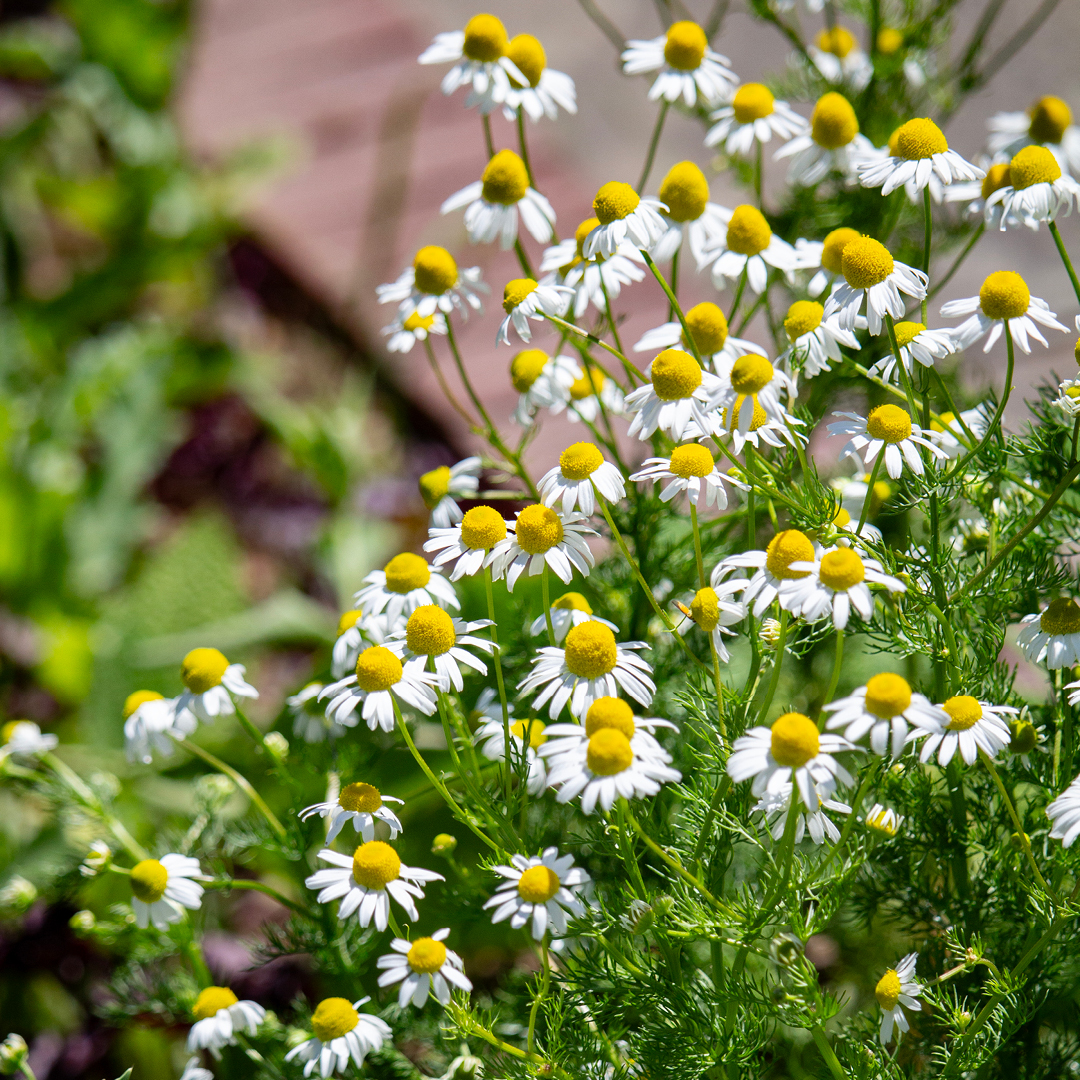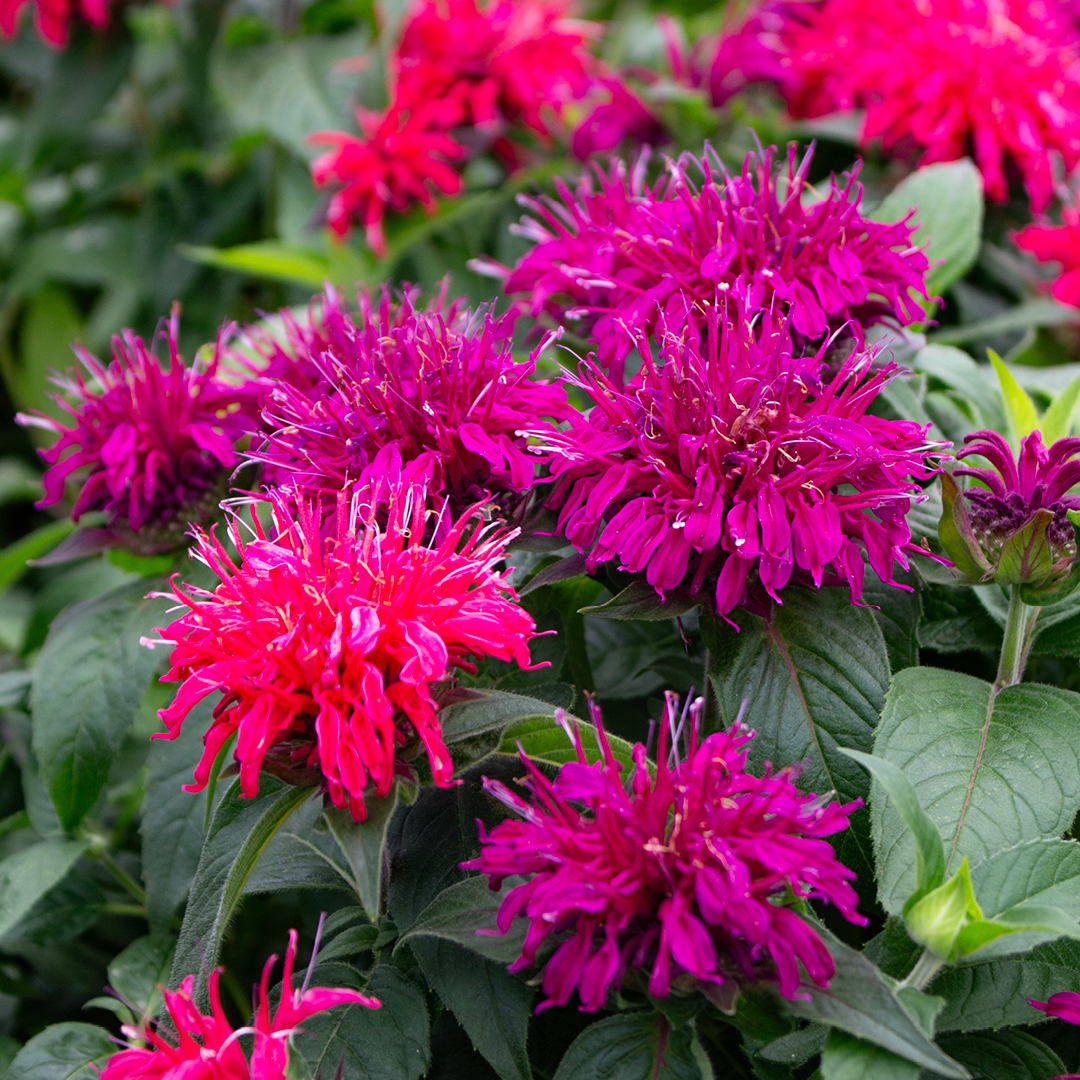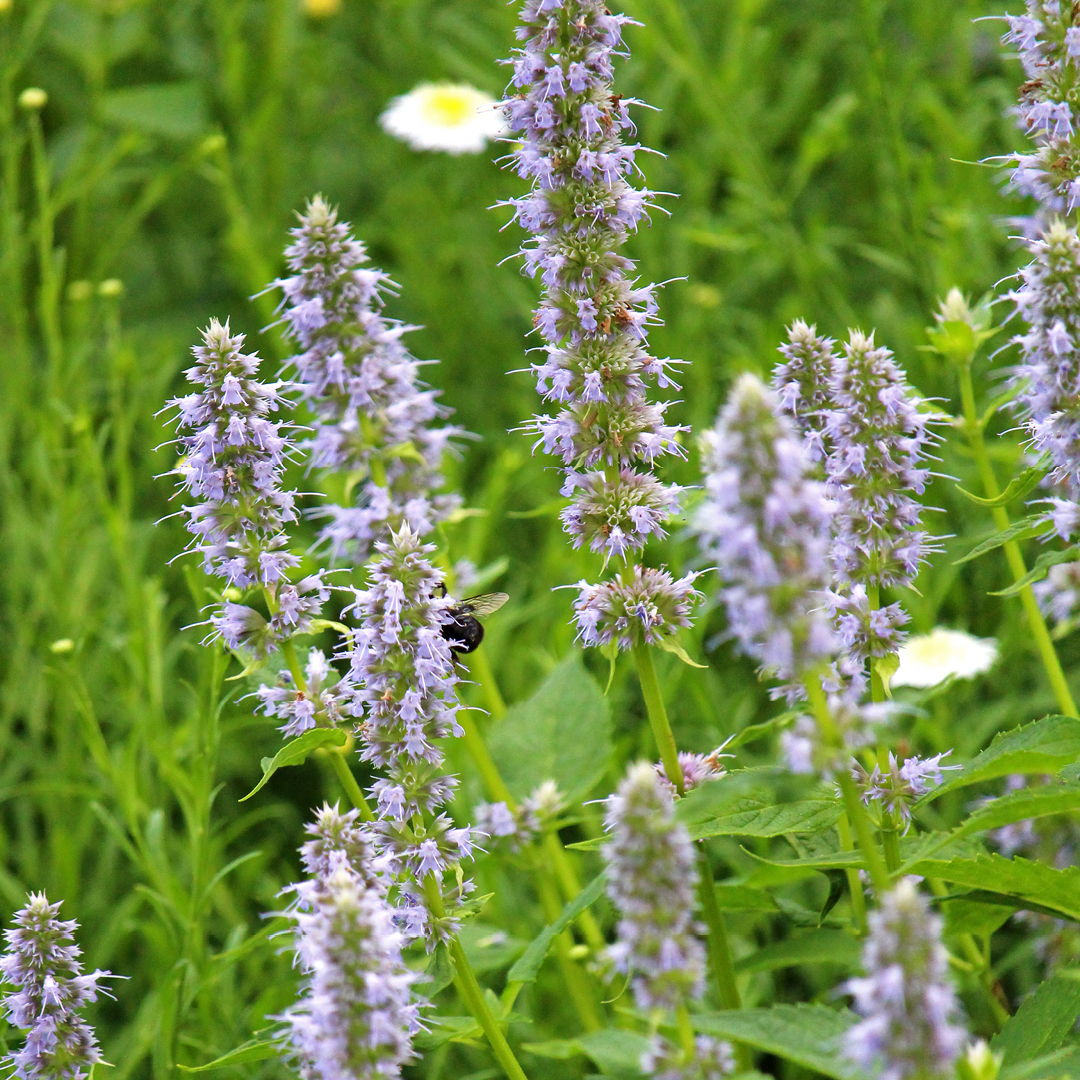It’s the stuff dreams are made of…toiling in your backyard, planting, cultivating, picking, and drying leaves and flowers for brewing homemade herbal tea. Growing your own tea garden combines the joy of gardening with the pleasure of enjoying a variety of natural herbal teas to savor yourself or with loved ones and for gift-giving.
Benefits of Growing Over Buying
Purchasing tea provides instant gratification; however, growing your own herbal tea has numerous noteworthy advantages over buying it from the store.
Freshness and Flavor
Homegrown herbs offer unmatched freshness and flavor. When you harvest your herbs at their peak, you get the full spectrum of their taste and aromatic qualities. Store-bought teas often lose some potency and flavor during processing and packaging, but with homegrown herbs, every cup is bursting with freshness.
Health Benefits
Herbal teas made from fresh, organic herbs are free from the pesticides and chemicals often found in commercial products. Growing your own herbs ensures that you know exactly what’s in your tea. Many herbs naturally contain vitamins, minerals, and antioxidants that can boost your health and well-being.
Cost-Effectiveness
A tea garden can save you money in the long run. The initial investment in seeds or seedlings is relatively low, and once established, many herbs will provide a continuous harvest throughout the growing season. Plus, perennials like lavender and lemon balm will return year after year with minimal maintenance.
Sustainability
Growing your own tea is an eco-friendly choice. It reduces your carbon footprint by eliminating the need for transportation and packaging associated with store-bought teas. Additionally, you can practice organic gardening methods that are kind to the environment.
Therapeutic
Gardening is known for its therapeutic benefits. It can reduce stress, improve mood, and provide a sense of accomplishment. Working in your tea garden connects you with nature and offers a peaceful retreat from the hustle and bustle of daily life.
Choosing Your Herbal Tea Plants
When selecting plants for your tea garden, consider your climate, available space, and personal taste preferences. Here are some popular herbal tea plants that are easy to grow and offer a range of flavors and health benefits:
Chamomile (Matricaria chamomilla)
Parts Used: Flowers
Flavor and Benefits: Chamomile offers a sweet, apple-like flavor and is renowned for its calming properties. It can help with sleep, digestion, and stress relief.
Growing Tips: Chamomile prefers well-drained soil and full sun to partial shade. It’s an annual plant that self-seeds, making it easy to grow year after year.
Peppermint (Mentha × piperita)
Parts Used: Leaves
Flavor and Benefits: Peppermint provides a refreshing, cool flavor. It’s great for digestive health, relieving headaches, and boosting energy.
Growing Tips: Peppermint thrives in moist, rich soil and partial shade to full sun. Be aware that it can spread rapidly, so consider growing it in containers to control its growth.
Lemon Balm (Melissa officinalis)
Parts Used: Leaves
Flavor and Benefits: Lemon balm has a bright, lemony flavor and is known for its calming effects. It can help reduce anxiety and improve sleep.
Growing Tips: Lemon balm grows best in well-drained soil and full sun to partial shade. It’s a perennial herb that can become quite bushy, so regular pruning is recommended.
Lavender (Lavandula angustifolia)
Parts Used: Flowers
Flavor and Benefits: Lavender has a subtle floral flavor and is often used to promote relaxation, alleviate stress, and improve sleep.
Growing Tips: Lavender prefers well-drained, sandy soil and full sun. It’s a drought-tolerant perennial that can add a lovely fragrance to your garden.
Lemongrass (Cymbopogon citratus)
Parts Used: Leaves
Flavor and Benefits: Lemongrass offers a zesty, citrusy flavor and is known for its digestive and anti-inflammatory properties.
Growing Tips: Lemongrass thrives in warm, humid climates with well-drained soil and full sun. It’s a perennial in tropical areas but can be grown as an annual in cooler climates.
Hibiscus (Hibiscus sabdariffa)
Parts Used: Flowers
Flavor and Benefits: Hibiscus tea has a tart, cranberry-like flavor and is rich in vitamin C. It’s good for lowering blood pressure and boosting the immune system.
Growing Tips: Hibiscus grows well in well-drained soil and full sun. It’s a tropical plant but can be grown as an annual or in containers that can be brought indoors in colder climates.
Beebalm (Monarda didyma)
Parts Used: Leaves and Flowers
Flavor and Benefits: Beebalm, also known as bergamot, has a flavor reminiscent of Earl Grey tea with a hint of citrus and spice. It can help with digestive issues and has antiseptic properties.
Growing Tips: Beebalm prefers moist, well-drained soil and full sun to partial shade. It is a perennial plant that attracts pollinators and can become bushy, so regular pruning is beneficial.
Anise Hyssop (Agastache foeniculum)
Parts Used: Leaves and Flowers
Flavor and Benefits: Anise hyssop has a sweet, licorice-like flavor. It’s known for its digestive benefits and can help soothe coughs and colds.
Growing Tips: Anise hyssop thrives in well-drained soil and full sun. It is a hardy perennial that attracts bees and butterflies to the garden.
Lemon Verbena (Aloysia citrodora)
Parts Used: Leaves
Flavor and Benefits: Lemon verbena offers an intense lemon flavor and aroma. It’s excellent for calming nerves, aiding digestion, and alleviating cold symptoms.
Growing Tips: Lemon verbena prefers well-drained soil and full sun. It is a tender perennial that may need to be brought indoors or protected during cold winters.
Tea Garden Basics
Planting an herbal tea garden is relatively easy yet reciprocates with many rewards. Here’s what you need to consider from planting to brewing:
Site Selection and Preparation
Choose a sunny spot in your garden with well-drained soil. Most herbal tea plants prefer full sun, but some, like peppermint and lemon balm, can tolerate partial shade. Prepare the soil by adding compost or organic matter to improve fertility and drainage.
Planting
Sow seeds or plant seedlings according to the specific needs of each plant. Space them adequately to allow for growth and airflow, which helps prevent disease. Water your plants regularly, especially during dry periods, but avoid overwatering, which can lead to root rot.
Maintenance
Keep your tea garden weed-free to reduce competition for nutrients. Mulching can help retain soil moisture and suppress weeds. Prune your plants regularly to encourage healthy growth and increase your harvest. Some herbs, like mint, can become invasive, so monitor their spread and contain them if necessary.
Harvesting
Harvest your herbs when they are at their peak flavor, usually just before flowering. For leaves, pick them in the morning after the dew has dried but before the heat of the day. For flowers, harvest them when they are fully open. Dry your herbs by hanging them in bunches in a well-ventilated, dark place or using a dehydrator.
Storage
Once your herbs are dried, store them in airtight containers away from light and moisture. It’s not necessary to grind the leaves and flowers before storing them; in fact, keeping them whole helps preserve their flavor and potency. Crush or grind the herbs just before use to maintain maximum freshness.
Spilling the Tea on Making Herbal Tea
To make tea, use about one teaspoon of dried herbs per cup of hot water. Here are a number of methods on steeping your herbal tea.
Tea Infuser: Place the dried herbs in a tea infuser or tea ball. This allows the herbs to expand and release their flavors without escaping into the water.
Tea Bags: Fill empty tea bags with your dried herbs. These are convenient for single servings and can be easily disposed of after use.
French Press: Add your herbs to a French press, pour hot water over them, and let them steep. Press the plunger down before pouring your tea to filter out the herbs.
Loose in a Teapot: Simply add the herbs to a teapot, pour hot water over them, and use a strainer when pouring the tea into your cup.
Steep the tea for 5-10 minutes, depending on your taste preference. Experiment with blending different herbs to create unique flavors and benefits.
Growing your own tea garden is a delightful way to enjoy fresh, flavorful, organic, herbal teas while reaping all the benefits that come with gardening. Choose to cultivate a variety of herbal tea plants that will provide you with delicious and healthful beverages to enjoy throughout the year.



